Description
Lathyrus aureus
Lathyrus aureus . A perennial pea which throws up numerous stems of pale apple green leaves which will reach 60cm with a little support. The flowers are of delicate apricot, borne on short flowering stems which stand clear above the foliage. Happiest in a little dappled shade. Not a commonly encountered plant, but one that is easy and always arouses interest. Quite drought tolerant when well established.
As well as the familiar climbing varieties of Lathyrus that are so familiar – the Sweet Peas, Everlasting Peas and Edible varieties there are also one or two gems that are more clumping in their habit.
Lathyrus vernus, the Spring Vetchling, hails from the mountains of Southern and Central Europe, where it grows in light woodlands on limestone. However, whilst it is happy with limestone in cultivation, this is not a necessity. What it does prefer though is a bit of drainage. Having said that, it thrives here in Dorset in our heavy clay where it sends down enough root to break spades. It grows happily in sun right through to moderate shade.
Lathyrus aureus hails from more mountainous regions in South Eastern Europe and does prefer it a little drier, though again we grow it here on our heavy clay.
Lathyrus is a member of the Fabaceae – The bean family, which is the third largest family of flowering plants with over 650 representative Genera (16,000 plus species) in nearly every corner of the Earth in a huge variety of habitats. They stretch from small herbaceous plants through shrubs and climbers to large tropical trees. Some exhibit sleep movement (closing up at night) like our native Clover, whilst others take it a step further closing on touch like the sensitive plant Mimosa.
Fabaceae has previously been known as the Leguminosae (legume family – referring to the pods they all carry) and contains the former, much more prosaic Papilionaceae (referring to the butterfly like flower form).
What ties many of the Genera within the Fabaceae together is the unique assymetric (papilionaceous) form that the flowers take. Each individual flower exhibits bilateral symmetry with 5 petals. The large upper petal is known as the banner or standard. Below this are two wings which in their turn surround two more fused petals known as the keel. Within the boat like keel are enclosed the male parts of the flower – the stamens.




















































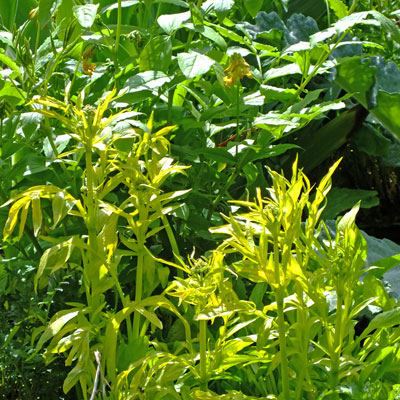
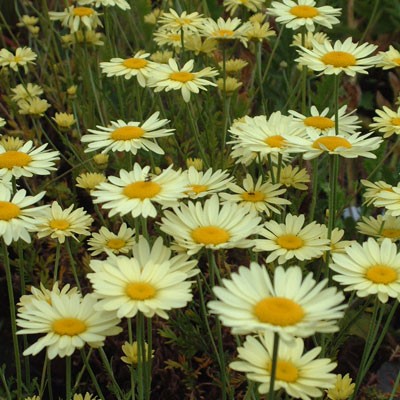
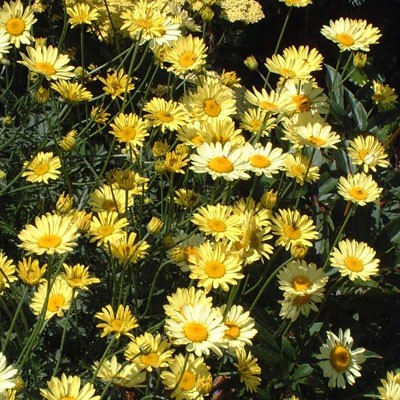
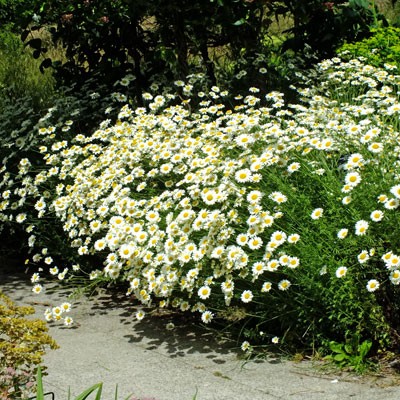
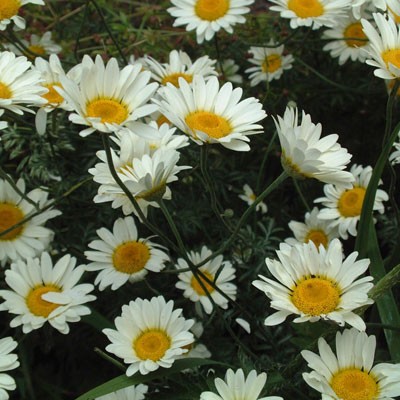
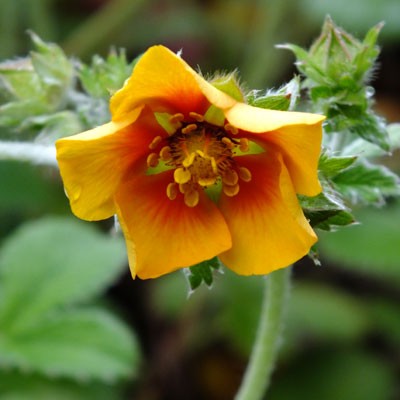
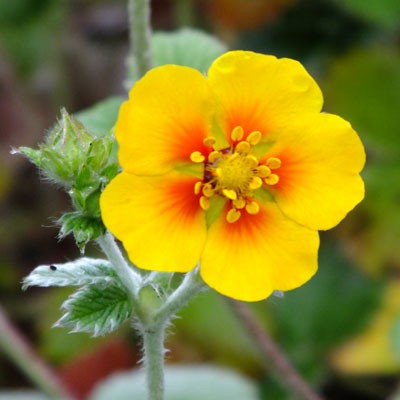
Reviews
There are no reviews yet.